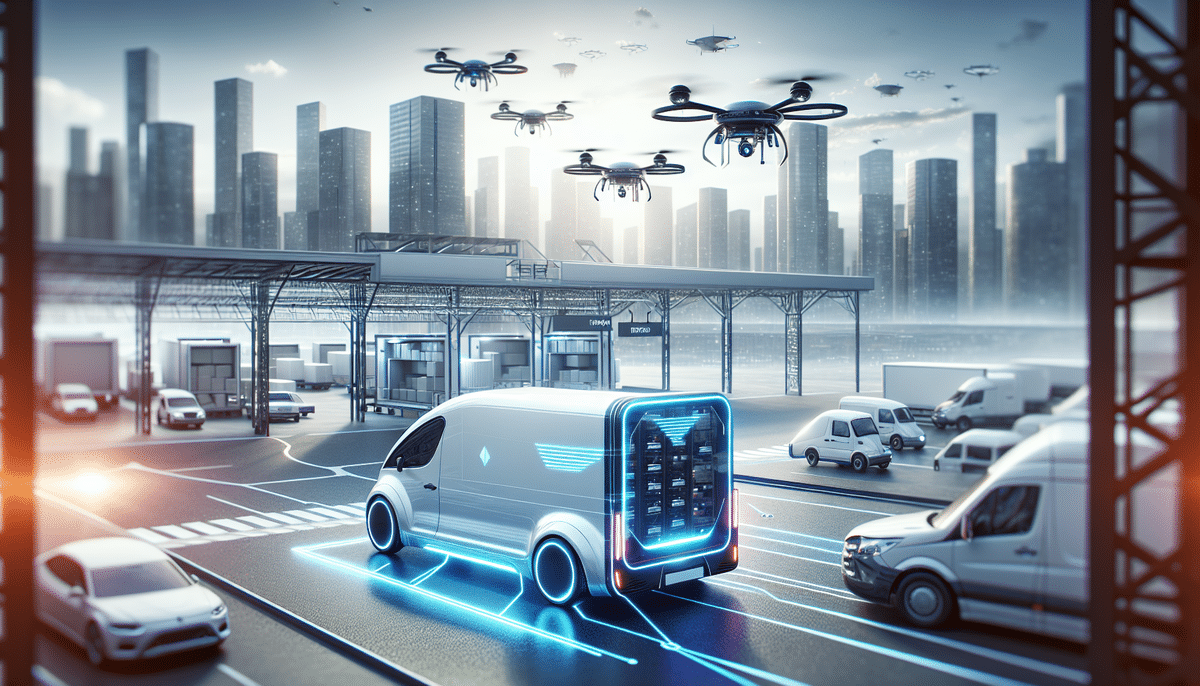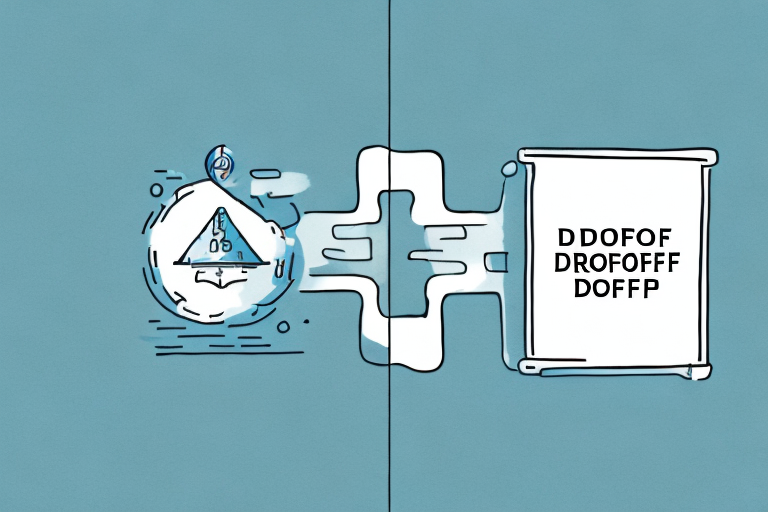Enhancing Pickup and Dropoff Operations with Innovative Solutions
In today's fast-paced world, speed and convenience are paramount, especially in the logistics industry. Efficient pickup and dropoff operations are crucial for customer satisfaction and business success. Traditional methods often present several challenges, but advancements in technology are providing effective solutions. This article explores the challenges of traditional pickup and dropoff methods, the role of technology in streamlining these processes, and best practices for implementing innovative solutions.
The Challenges of Traditional Pickup and Dropoff Methods
Traditional pickup and dropoff operations rely heavily on manual processes, which can be time-consuming and resource-intensive. For businesses, this often translates to increased costs, reduced efficiency, and diminished customer satisfaction. Key challenges include:
- Inconsistent scheduling and communication
- Inadequate or inefficient transportation methods
- Manual tracking and recording of shipments
- Lack of visibility and transparency throughout the process
These issues can lead to delays, customer dissatisfaction, and lost revenue. To address these challenges, businesses must adopt innovative solutions that streamline and automate their pickup and dropoff operations.
Importance of Streamlining Pickup and Dropoff for Customer Satisfaction
Consumers today demand quick and reliable delivery services. Efficient pickup and dropoff operations are essential for meeting these expectations and ensuring customer satisfaction. By optimizing these processes, businesses can provide a seamless customer experience, fostering loyalty and driving revenue growth.
Streamlining operations reduces errors and delays, ensuring that products are delivered accurately and on time. This minimizes customer frustration and enhances overall satisfaction. Additionally, efficient processes enable businesses to gather valuable data, allowing for informed decision-making and continuous improvement.
Reducing Errors and Delays
Optimized pickup and dropoff procedures minimize the risk of incorrect deliveries or missed pickups, which can lead to customer frustration and lost sales.
Leveraging Data and Analytics
By tracking shipments and analyzing customer behavior, businesses can identify areas for improvement. This data-driven approach helps in optimizing delivery routes, improving inventory management, and enhancing the overall customer experience.
Technological Innovations Enhancing Pickup and Dropoff
Technology plays a pivotal role in transforming pickup and dropoff operations. Innovations such as GPS tracking, mobile applications, automated systems, and artificial intelligence are revolutionizing the logistics industry.
GPS Technology
GPS technology provides real-time tracking of shipments, allowing businesses to monitor the movement of goods and ensure timely deliveries. According to a report by the U.S. Department of Transportation, the use of GPS can reduce delivery times by up to 20% by optimizing routes and minimizing delays.
Mobile Applications
Mobile apps facilitate real-time tracking, notifications about delivery times, and direct communication with delivery personnel. These apps enhance transparency and convenience for customers, leading to higher satisfaction levels.
Automated Systems
Automation in pickup and dropoff operations reduces manual errors and streamlines processes. Automated scheduling and route planning systems can significantly lower operational costs and improve efficiency.
Artificial Intelligence (AI)
AI enables businesses to analyze large datasets to predict demand, optimize routes, and manage inventory more effectively. AI-driven predictive analytics can enhance delivery timeframes and anticipate potential disruptions.
Best Practices for Implementing Innovative Solutions
Successfully integrating innovative solutions into pickup and dropoff operations requires strategic planning and execution. Here are some best practices:
- Identify Challenges: Understand the specific pain points in current logistics operations.
- Research Solutions: Explore the best technological solutions that align with business needs.
- Invest in Training: Ensure employees are adequately trained to use new technologies.
- Monitor and Adjust: Continuously evaluate the effectiveness of implemented solutions and make necessary adjustments.
Emphasizing clear communication and gaining buy-in from all stakeholders are crucial for successful implementation.
Case Studies: Successful Innovative Pickup and Dropoff Solutions
Several companies have effectively implemented innovative solutions to enhance their pickup and dropoff operations:
- Amazon Prime Now: Delivers products within two hours using GPS technology and automated systems.
- UPS Access Point: Utilizes mobile apps to coordinate package pickups and dropoffs globally.
- Walmart's Pickup and Delivery Service: Allows customers to order groceries online and have them delivered using AI-powered inventory management and delivery scheduling.
These examples demonstrate the significant impact that innovative solutions can have on logistics efficiency and customer satisfaction.
Future Trends in Pickup and Dropoff Logistics
As technology continues to evolve, several trends are shaping the future of pickup and dropoff operations:
- Integration of GPS and mobile technologies for enhanced tracking and transparency
- Increased use of automation and AI for optimizing routes and managing inventory
- Adoption of new delivery methods such as drones and autonomous vehicles
- Emphasis on sustainability through greener transportation practices
Staying informed about these trends and adopting relevant technologies will position businesses for success in the competitive logistics landscape.
Improving Sustainability with Efficient Pickup and Dropoff Practices
Sustainability is becoming a key focus in the logistics industry. Implementing efficient pickup and dropoff solutions can help businesses reduce their environmental impact:
- Optimized Routing: Reduces fuel consumption and lowers transportation costs.
- Reduced Packaging Waste: Minimizes the use of materials and lowers the carbon footprint.
- Alternative Transportation Methods: Encourages the use of electric vehicles and cycling to decrease emissions.
Adopting sustainable practices not only benefits the environment but also meets the growing consumer demand for eco-friendly operations.
Conclusion: The Crucial Role of Innovative Solutions in Pickup and Dropoff Management
Efficient pickup and dropoff operations are essential for the success of logistics businesses. Technological advancements such as GPS tracking, mobile applications, automated systems, and AI offer effective solutions to streamline and automate these processes. While implementation may present challenges, strategic planning and a commitment to continuous improvement can lead to significant benefits, including reduced costs, enhanced efficiency, and improved customer satisfaction. Investing in innovative solutions is therefore crucial for businesses aiming to thrive in the evolving logistics landscape.




















